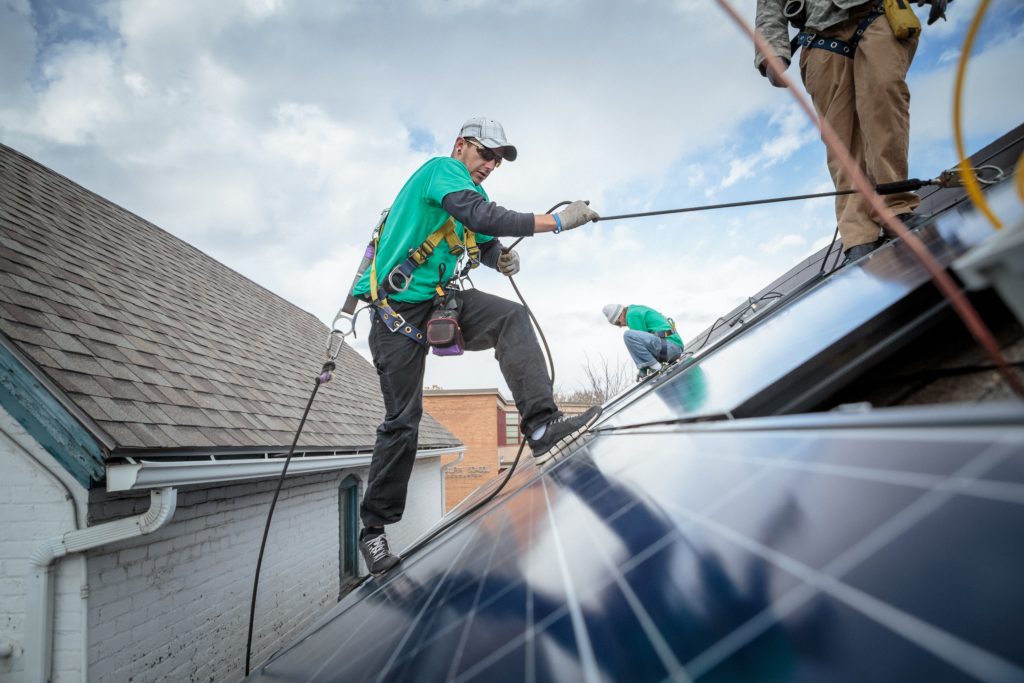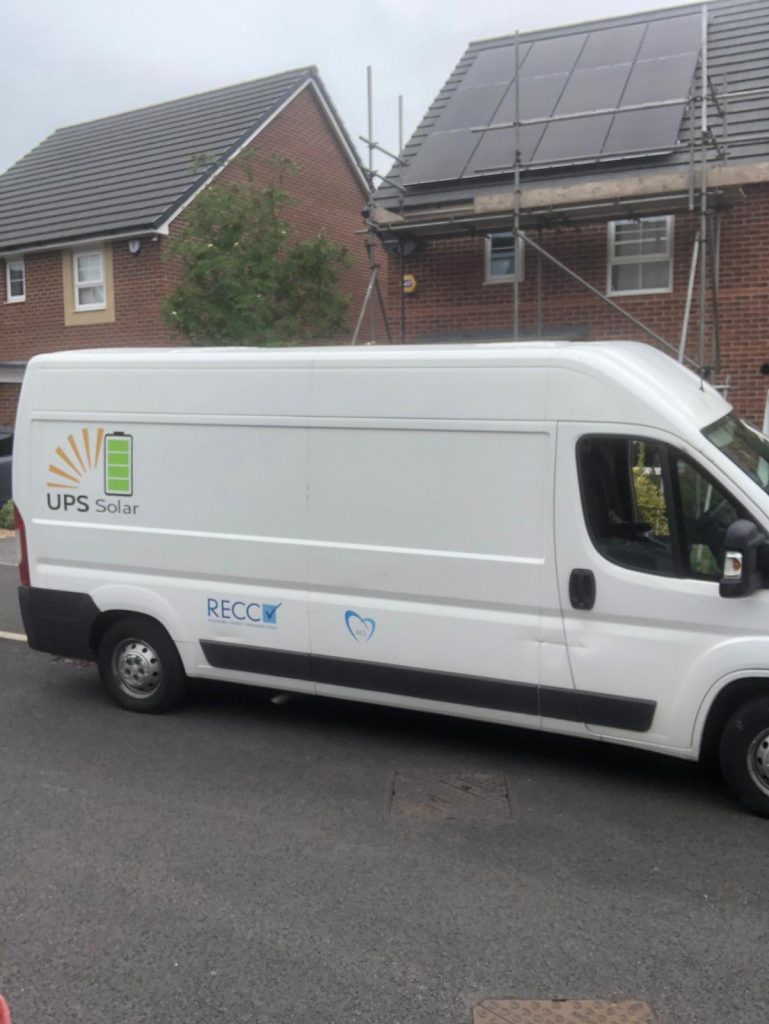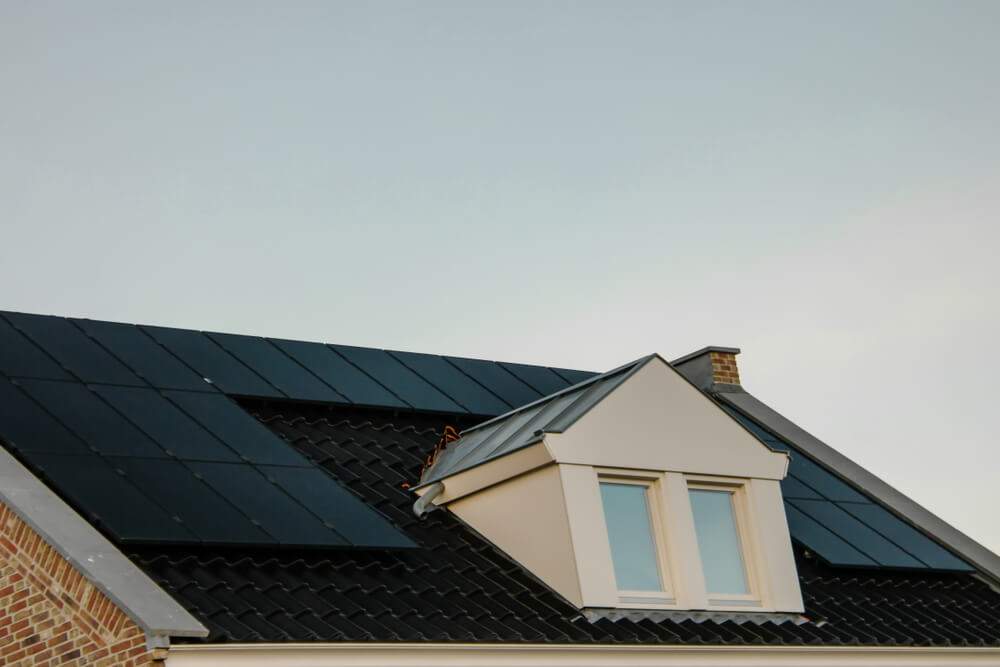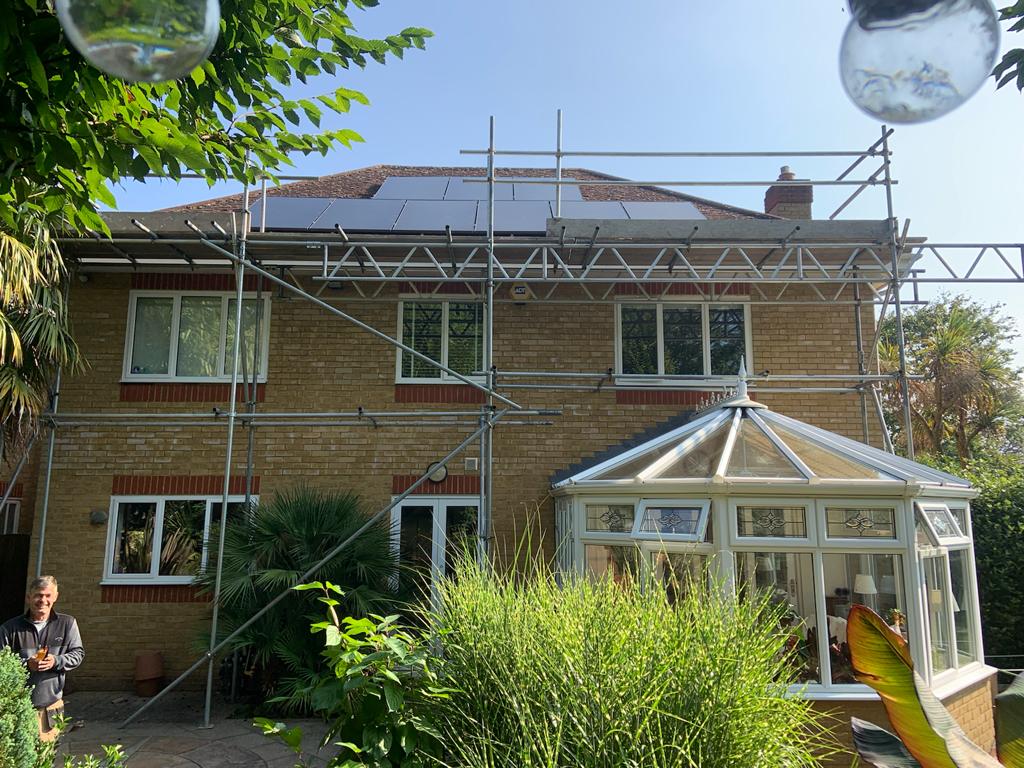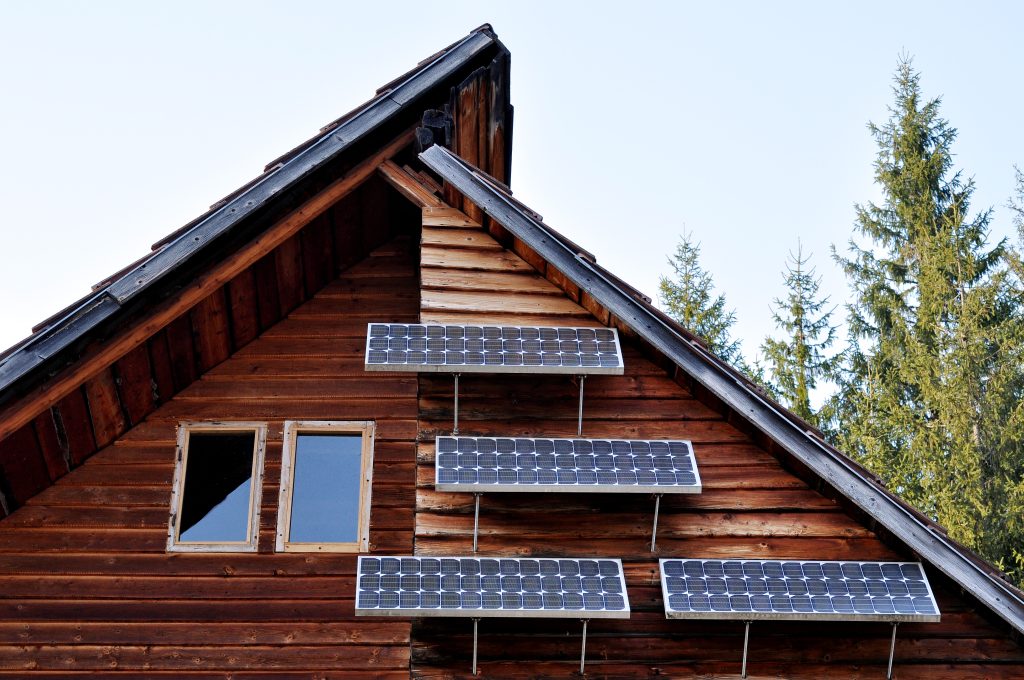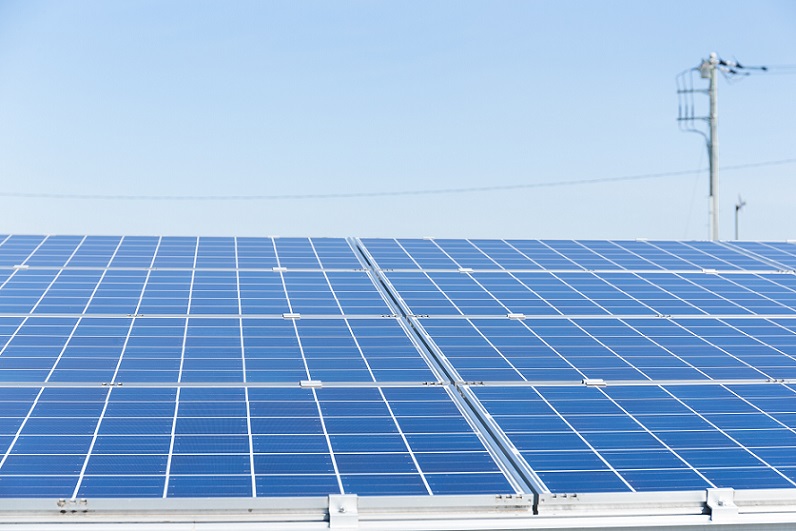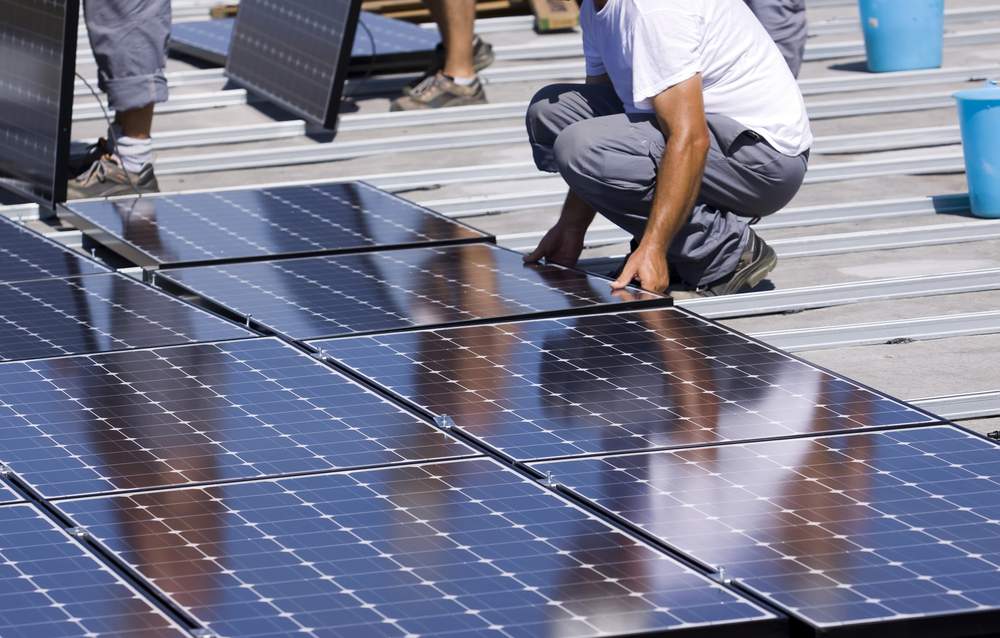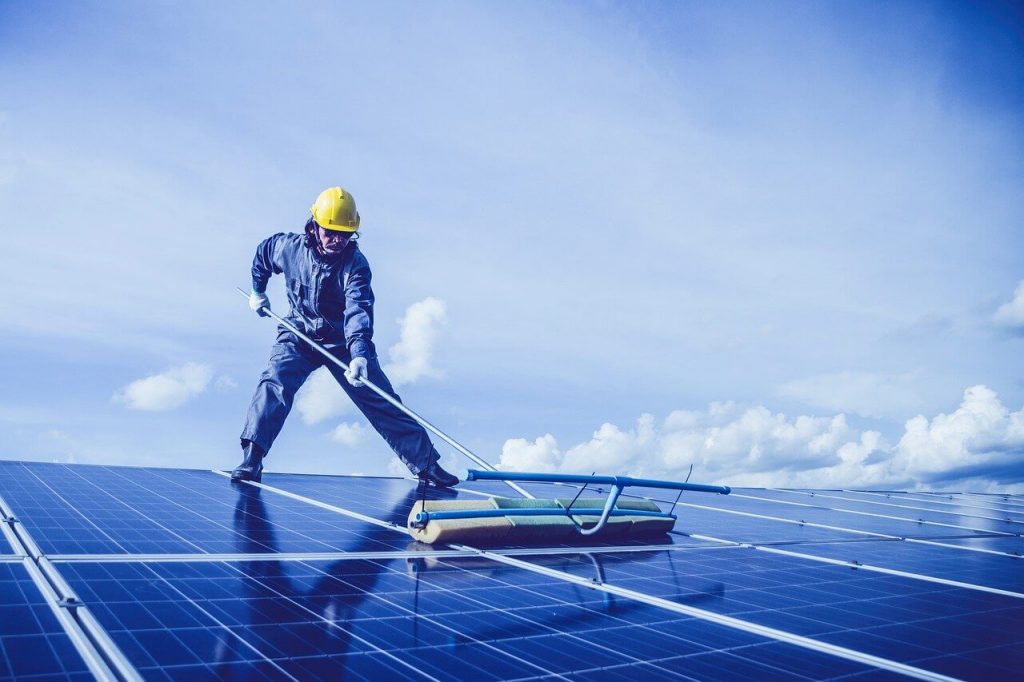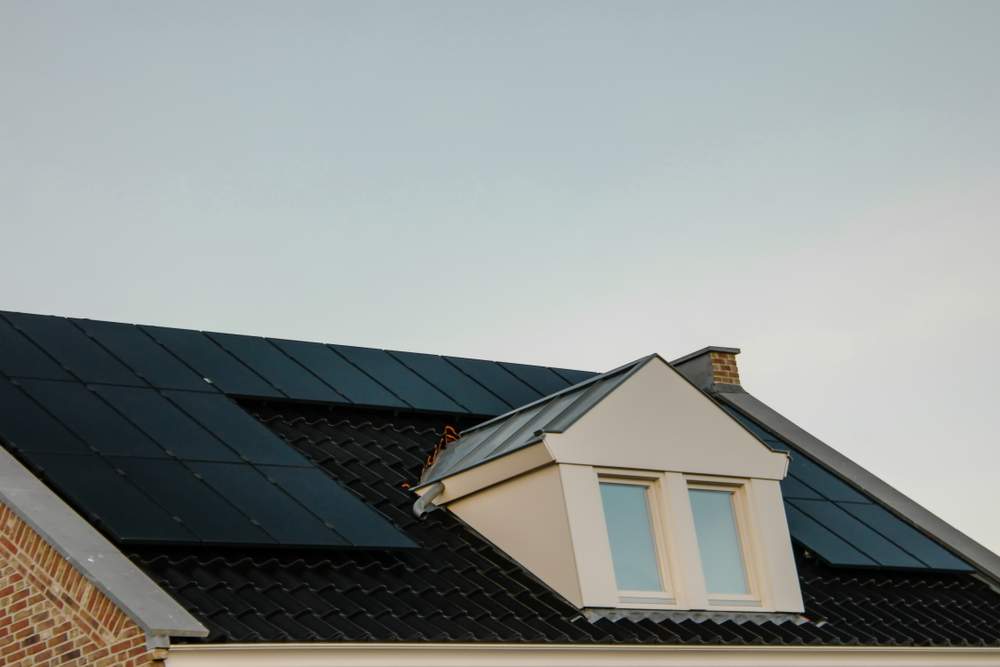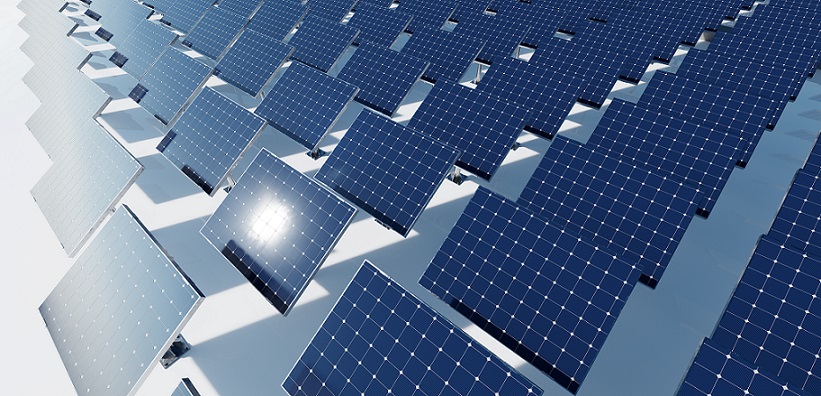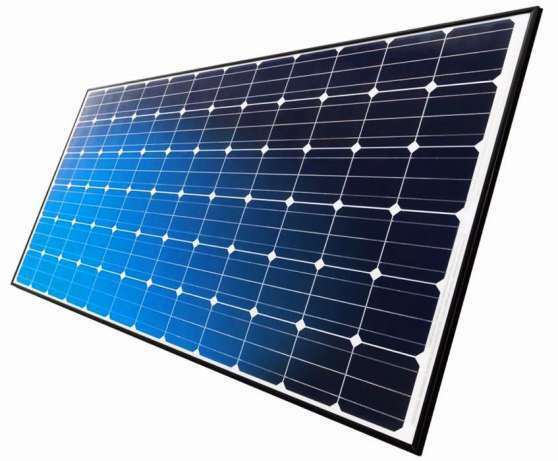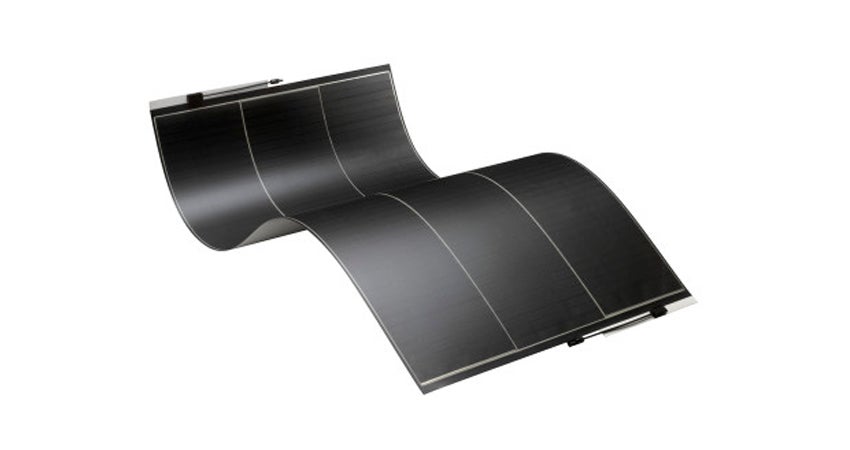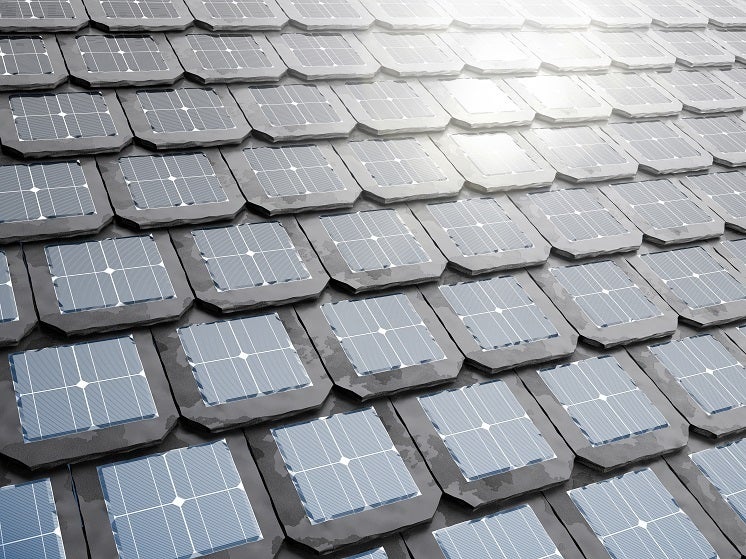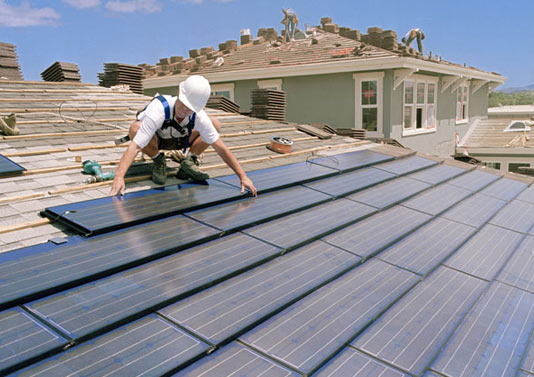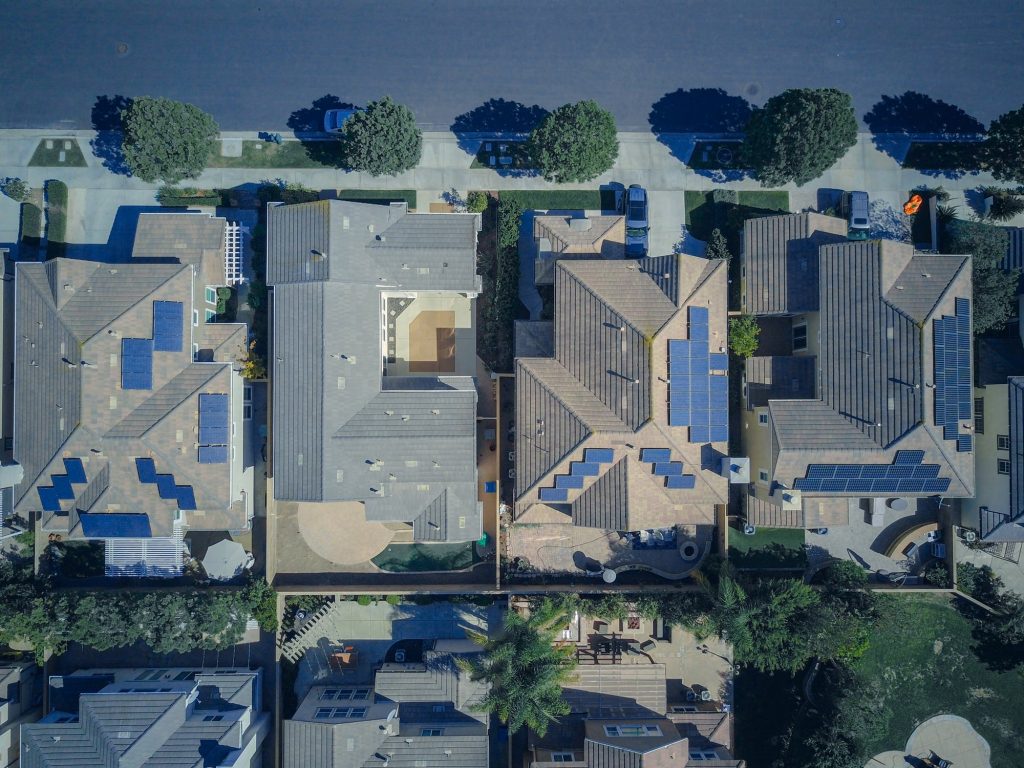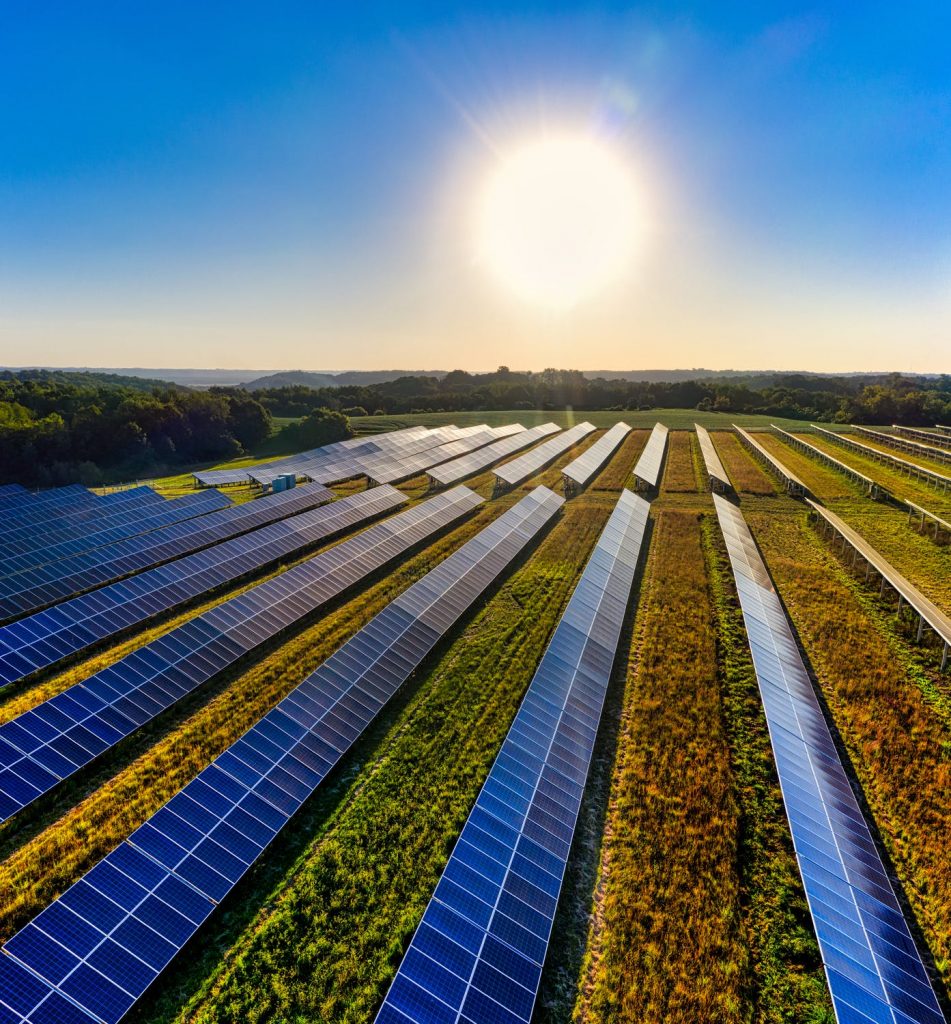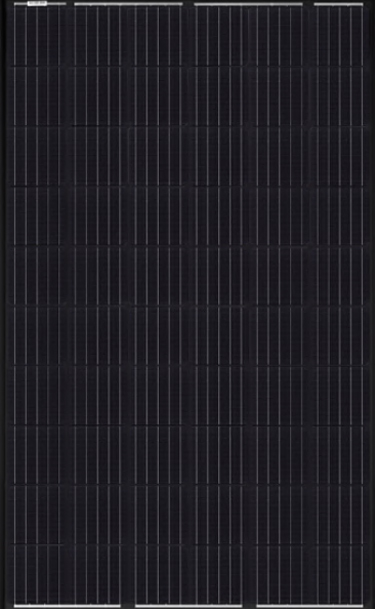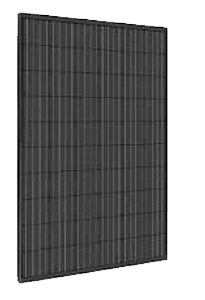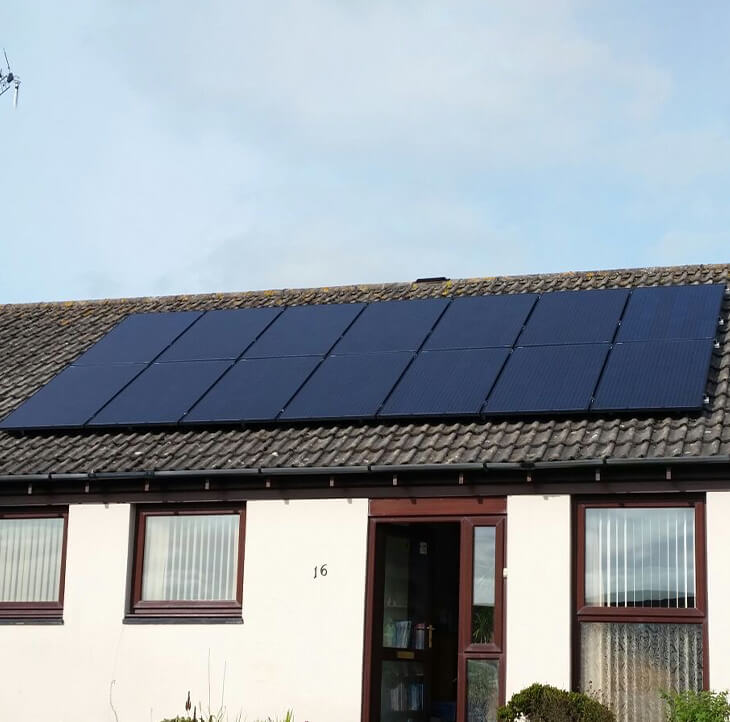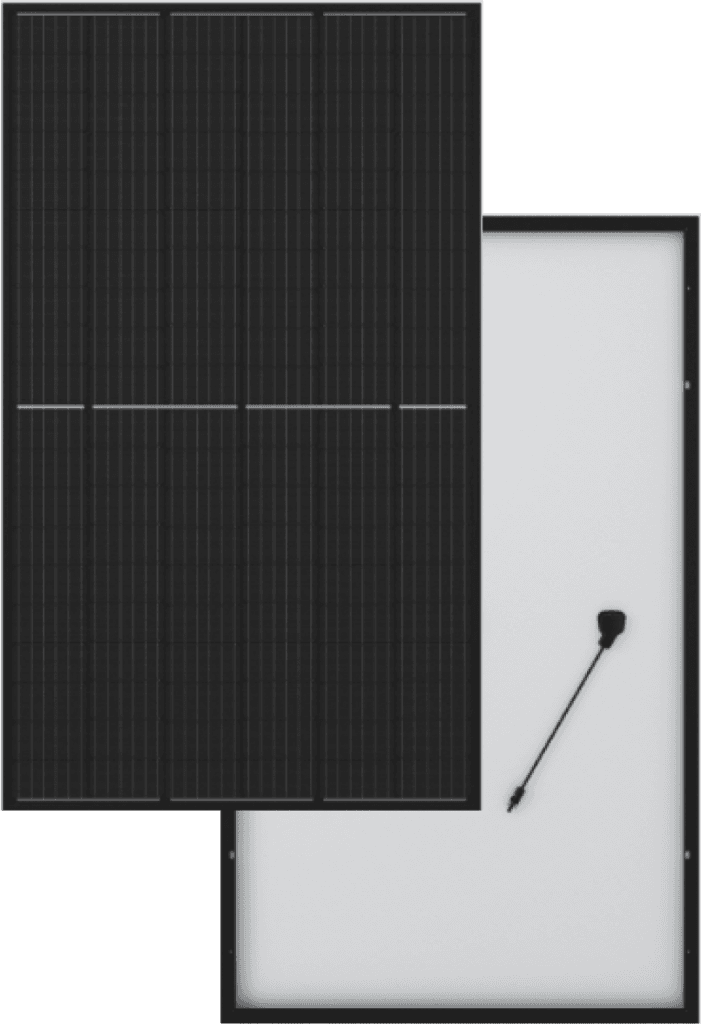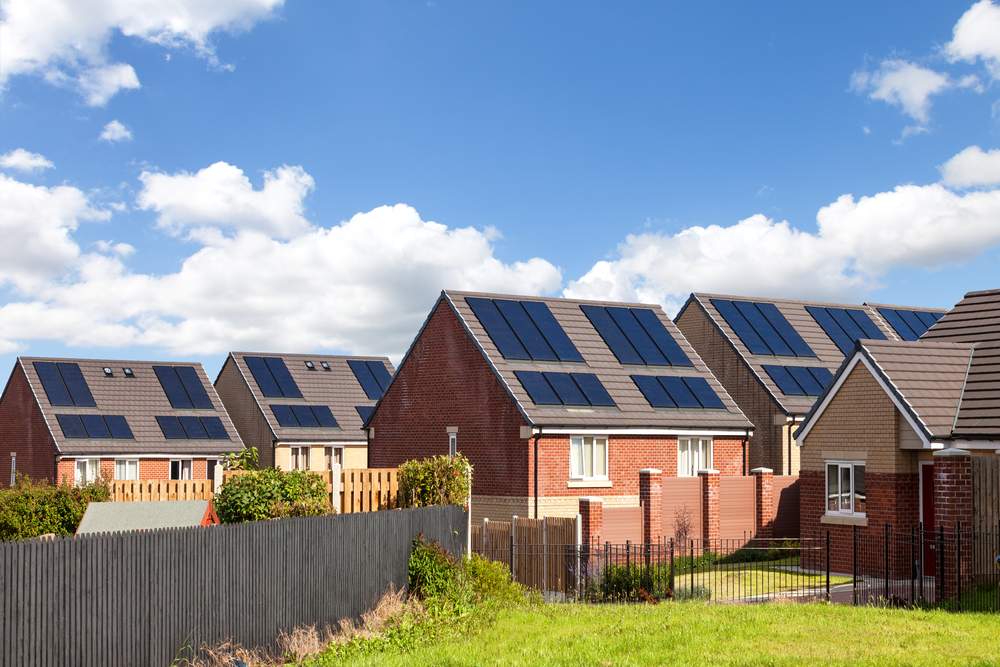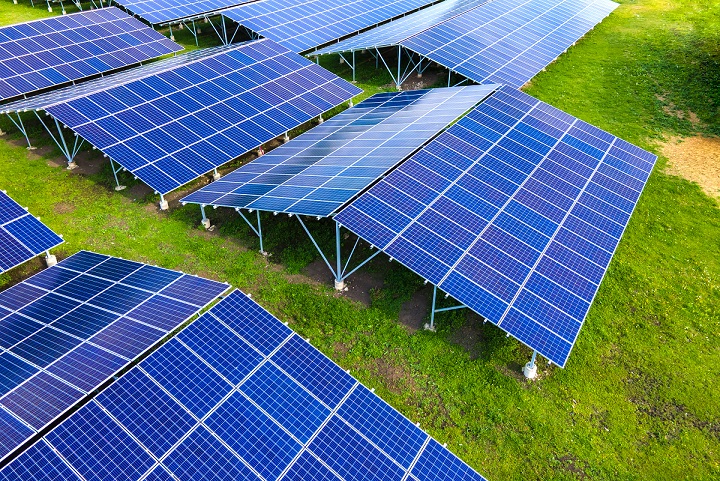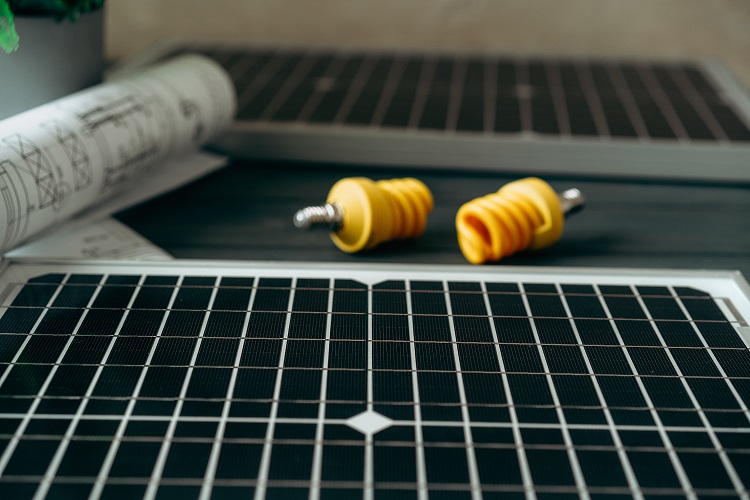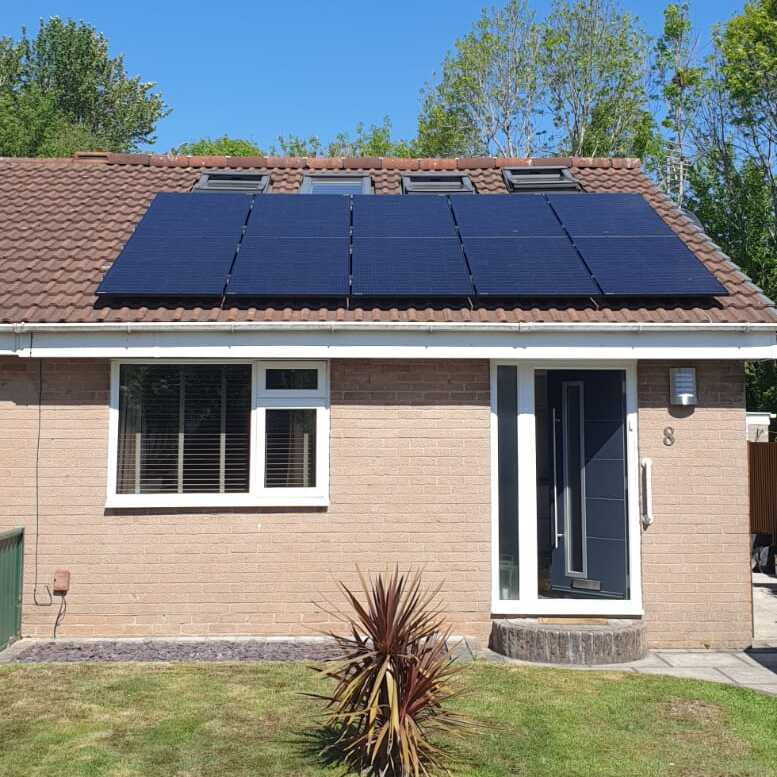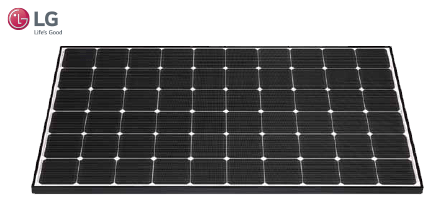6 Good Questions Ask the Experts Before You Install Solar Panel
Once you have decided to switch to solar power to provide electricity for your home, there will be a number of decisions to make and preparations to complete before a solar panel install can take place. It is well worth engaging the services of a consultant to make sure that you get the right configuration for your individual property and energy needs. This can help you avoid costly mistakes. It can also speed up the installation process so that you can start saving money on energy bills sooner, rather than later.
Areas to consider when installing solar power
As with any larger-scale project of this nature, there are several aspects to bear in mind. Here are six of the main questions to ask and factors to consider before confirming your final choices for your domestic solar power installation.
How much space do you have?
As a rule, solar panels need at least four to seven inches of space between rows when installed on a roof or flat surface. This is to allow room for the frame to expand and contract with changes in temperature and weather conditions. A further twelve inches is required between the panels and the edge of the roof or surface in order to comply with building regulations and keep the frame secure. A key first step is to measure the available space that you have and work out the size and type of solar panel set-up that will fit and best suit the space.
How much energy do you use?
Energy use in domestic properties can vary depending on the size of the building, how many people live or are based there and the type of appliances and energy usage that are involved. A solar power consultant will be able to tell you how much energy each type and size of solar panel system can produce and the best fit for your individual household’s energy usage. You can also gain useful tips and advice on cutting down on energy usage and choosing the right solar panels to reduce your fuel bills.
When do you need to use energy?
Many homes use more electricity at night, when there is increased demand for lighting and heating. That said, however, since the COVID-19 pandemic, more of us are working from home than before. So, this could affect energy use during the day as well. If you find your household using more energy at night, consider installing a solar power system that connects to a storage battery. That way, you can keep any electricity that is not used in the day in reserve for use at night, when the sun is not out. Or for cloudy or dull days when the solar energy coming from the sun’s rays is not as powerful.
What type of solar power system do you need?
Most solar panels available today produce between 250 and 400 Watts of power. More accurate figures will depend on where you have placed the panels and how much exposure they get to the sun, how long for and how well maintained (or otherwise) the system is. A solar panel consultant can let you know how each type of system performs in terms of amount of energy produced, ease of storing it and whether it will fulfil your electricity needs in full, or only partially.
What type of local building regulations are there?
This question will depend entirely on what documentation is held by your local authority, Land Registry etc. Some types of housing and local areas will be subject to more stringent building regulations and planning permissions than others. For example, listed buildings and conservation areas will have more rules to follow when it comes to projects such as installing solar panels than others. This must be carefully checked to ensure that you do not fall foul of the law and therefore end up with added costs, irritating delays, unhappy neighbours and so on.
What financial incentives are involved?
Finally, installing solar panels might represent a large investment at first, but there are a number of financial advantages in doing so. For a start, most households find that their electricity and gas bills go down as the reliance on the National Grid lessens. There are even schemes to help you sell back any unused energy and so help offset the initial investment in solar panels. Many householders can also find that installing solar panels adds value to their property when it comes to selling it further down the line.



